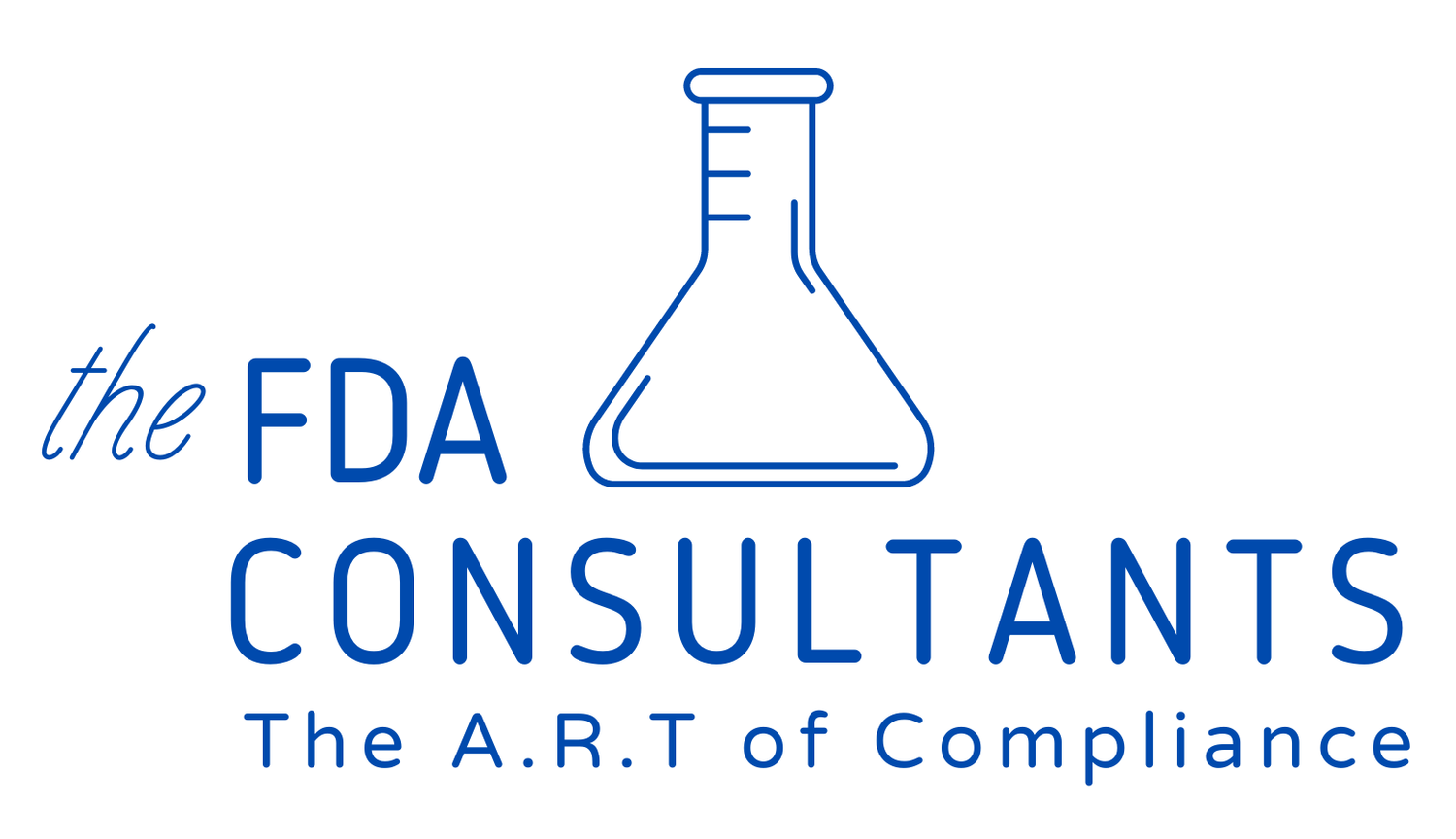The Importance of FDA Oversight in Reproductive HCT/Ps
The world of healthcare is continually evolving, and one area where stringent oversight is critical is in the field of Human Cells, Tissues, and Cellular and Tissue-Based Products (HCT/Ps). The FDA, or the U.S. Food and Drug Administration, plays a vital role in ensuring the safety, efficacy, and quality of HCT/Ps.
Ensuring Patient Safety
1. Rigorous Standards: FDA oversight means that HCT/P facilities are held to rigorous standards. These standards encompass everything from donor screening and testing to the processing and distribution of HCT/Ps.
2. Preventing Contamination: Contamination of HCT/Ps can have dire consequences for patients. FDA inspections help prevent contamination by ensuring that facilities adhere to strict sterile processing guidelines.
3. Patient Well-being: The ultimate goal of FDA oversight is to protect patient well-being. By regulating HCT/Ps, the FDA minimizes the risks associated with these procedures, making them safer for patients.
Enhancing Efficacy
1. Product Performance: HCT/Ps must perform as intended to provide patients with the best chance of success. FDA oversight ensures that these products meet established efficacy standards.
2. Research and Development: FDA regulations encourage research and development in the field of regenerative medicine. By providing a clear regulatory pathway, the FDA fosters innovation and advancements in HCT/P therapies.
Building Trust and Accountability
1. Trustworthy Facilities: Patients and healthcare providers need to trust the facilities providing HCT/Ps. FDA oversight helps establish this trust by holding facilities to high standards and ensuring they follow best practices.
2. Accountability: Facilities operating under FDA regulations are held accountable for their actions. This accountability helps maintain the integrity of the field and promotes ethical practices.
Compliance and Regulation
1. Regulatory Framework: The FDA provides a regulatory framework that governs the entire lifecycle of HCT/Ps, from donor eligibility criteria to product labeling and tracking.
2. Patient and Donor Safety: Regulations are in place not just to protect patients but also donors. Ensuring that donors are screened and tested appropriately helps safeguard their health.
_______________________________________________________________
With the increasing number of future parents choosing to create their families through donor eggs, donor sperm, or donor embryos, FDA oversight in HCT/P facilities is paramount. It safeguards patient safety, enhances the efficacy of treatments, builds trust and accountability, and ensures compliance with established regulations. The result is a healthcare landscape where patients can confidently explore the potential benefits of HCT/Ps, knowing that their well-being is a top priority. It's an essential piece of the puzzle in advancing healthcare for the better.
